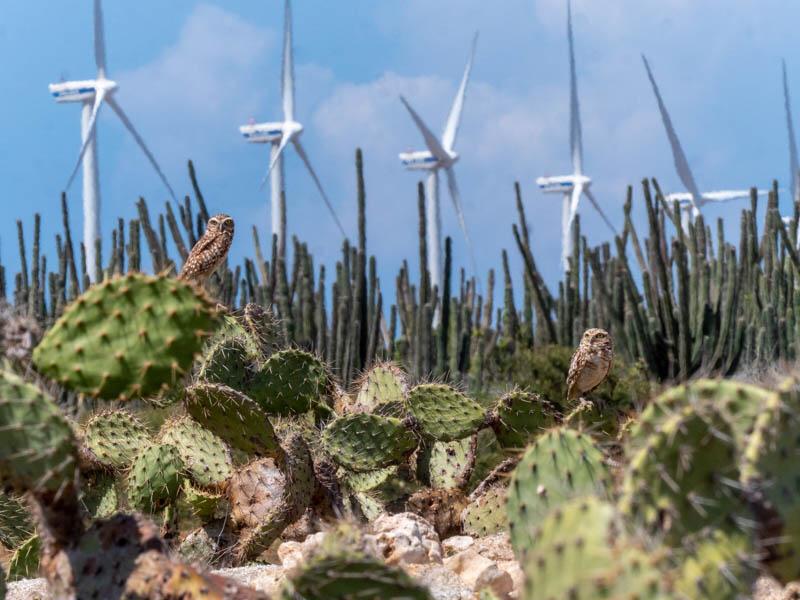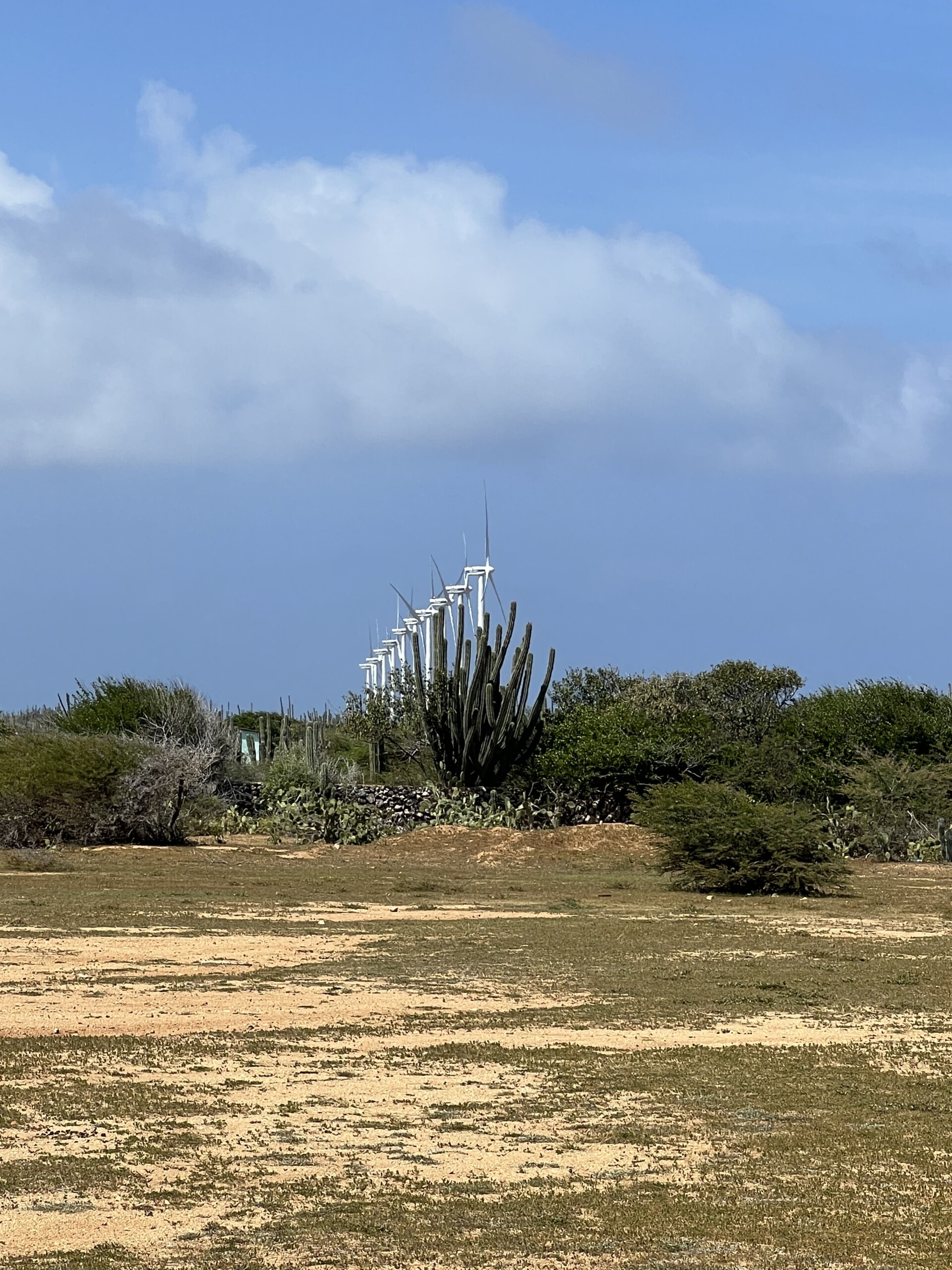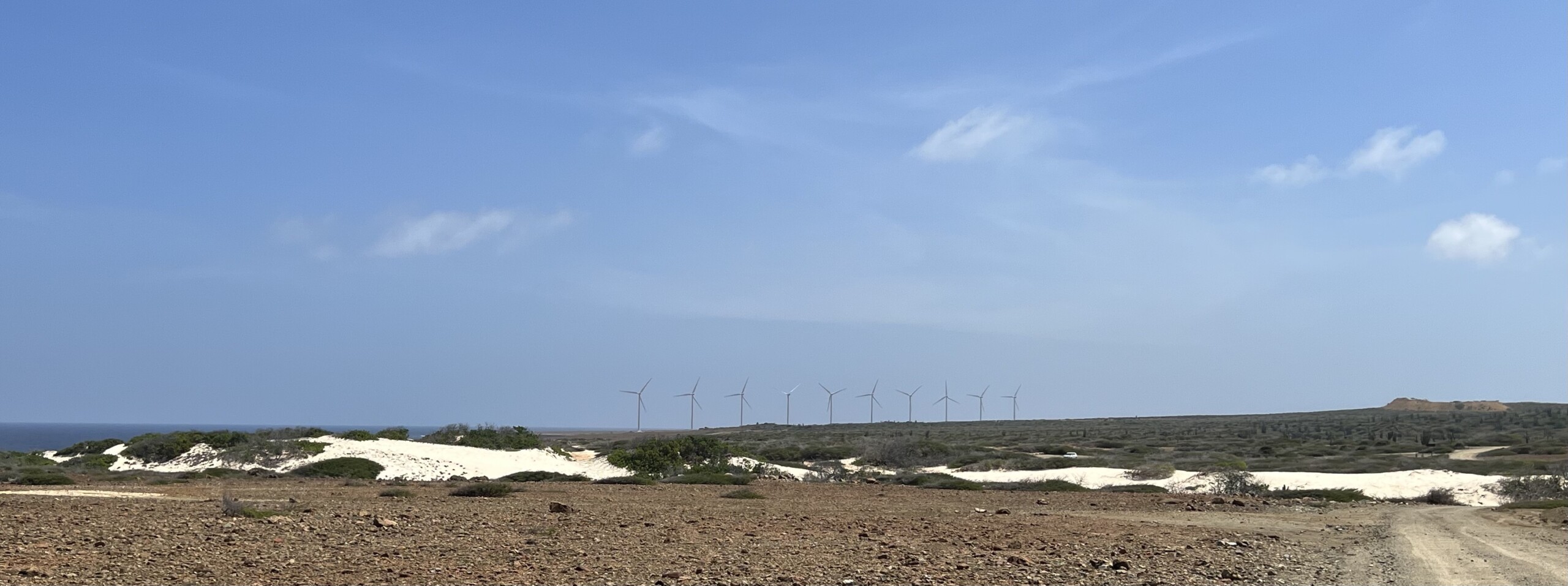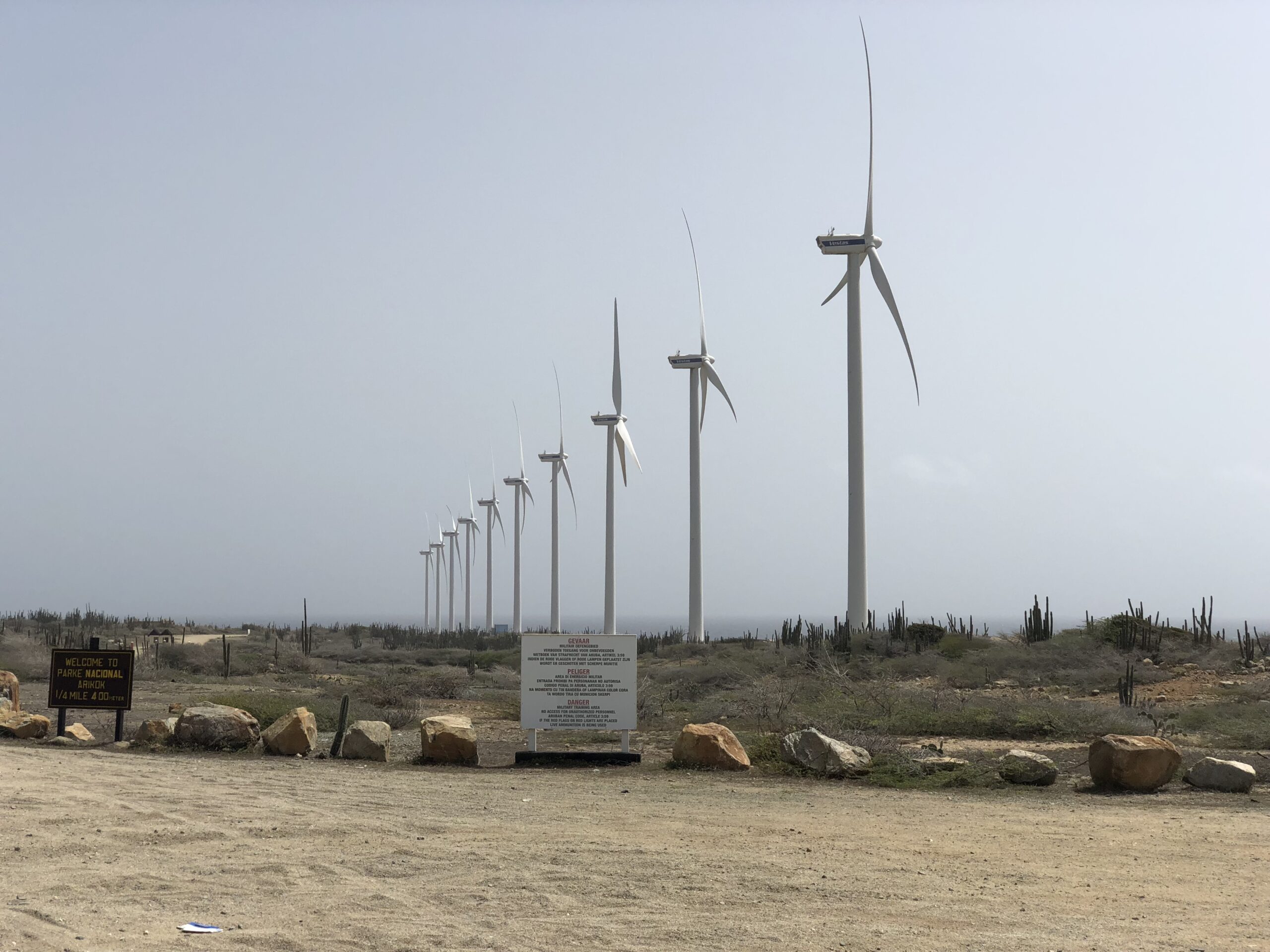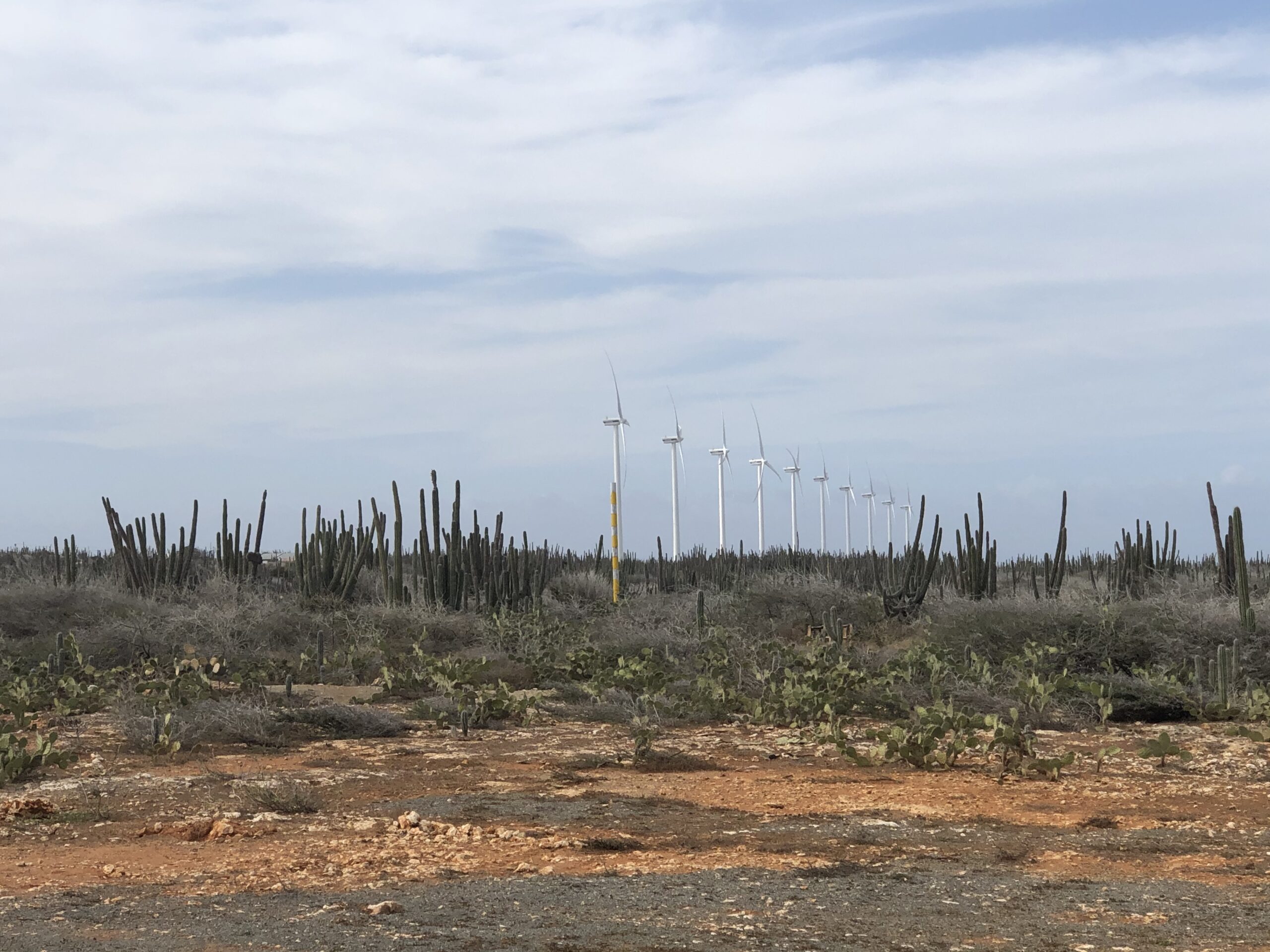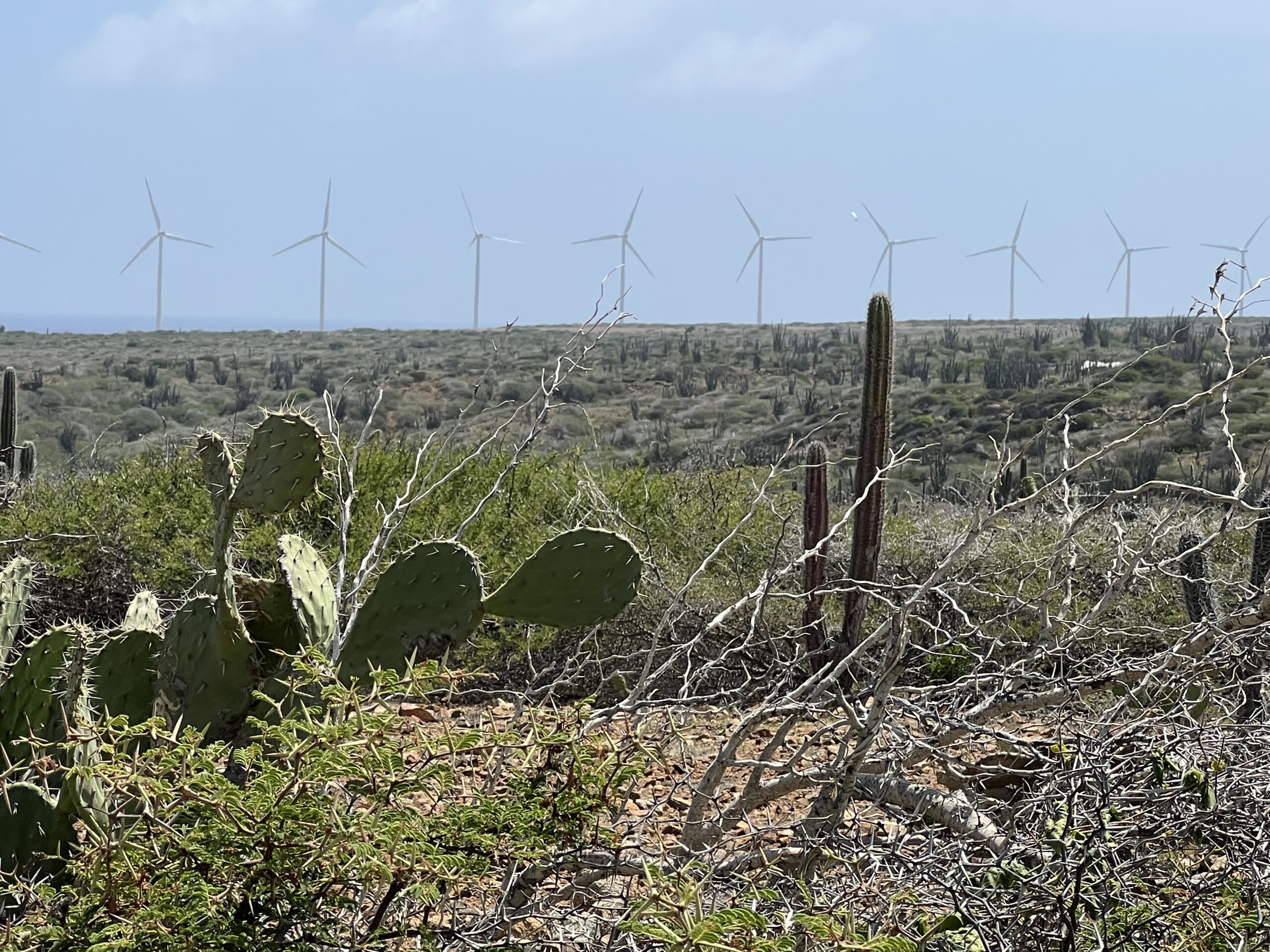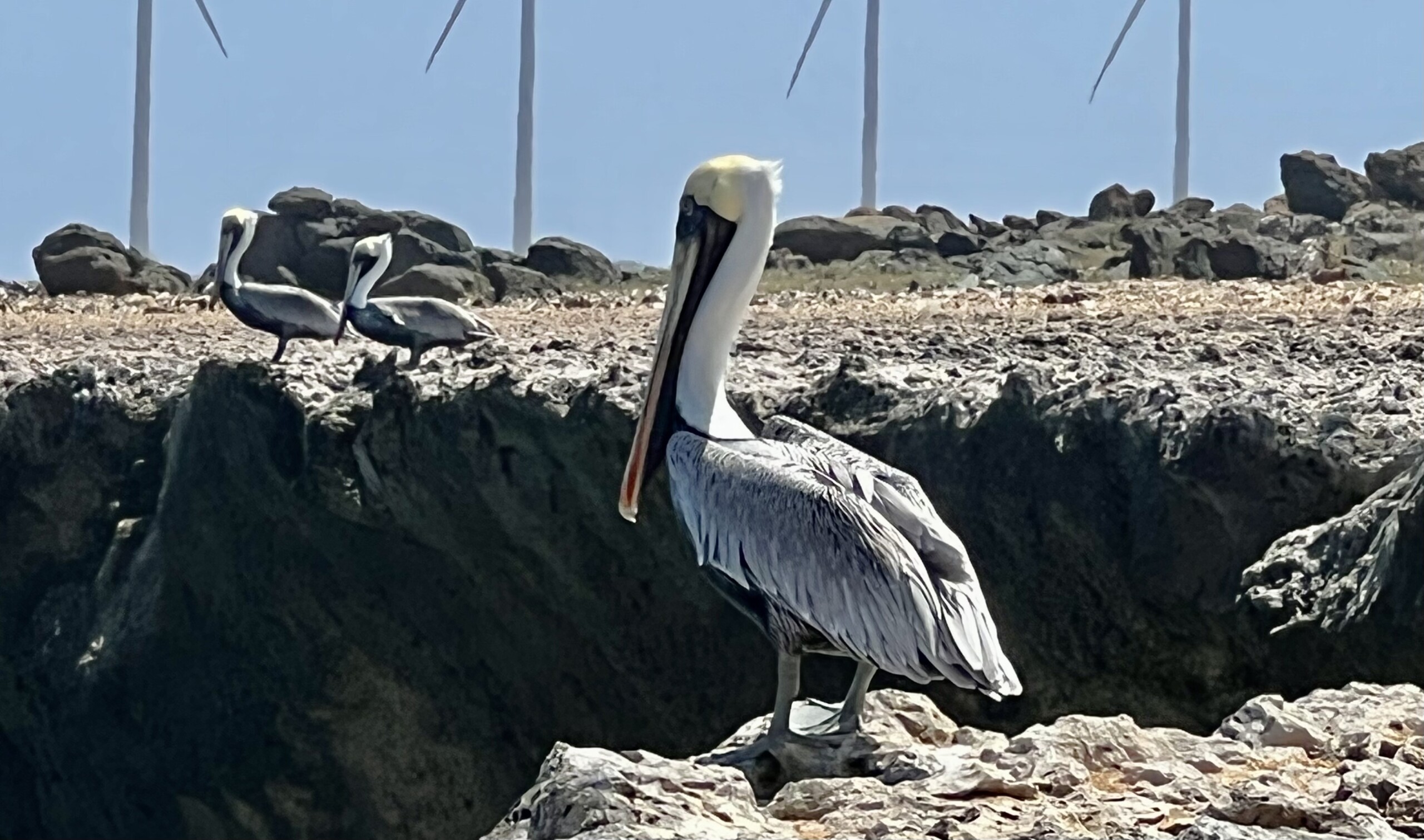Aruba’s Offshore Wind Potential
Although Aruba with a size of approximately 180 square kilometers is limited in suitable onshore wind locations, recent offshore wind developments might enable Aruba to profit from the North East Trade winds which are so generous around. The various economic exclusive zones in the Caribbean Sea of which one with approximately 15.000 square kilometers is appointed to Aruba have unlimited potential for harvesting renewable energy through floating offshore windfarms.
Since energy demand of the Aruban society is limited the surplus need to be ‘stored’ or ‘packaged’ for later energy consumption elsewhere. The “Refinary of Aruba” can take an essential role in this process: production, storage and distribution of green hydrogen / green ammonia. Given the stable and superfluous Aruban winds these products can per definition be sold on competitive terms.
Below news items regarding current floating windfarm developments and the production of green hydrogen through wind energy demonstrate this huge potential for Aruba.
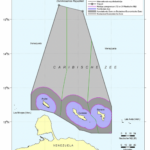
Floating Wind Farm Offshore Portugal Overdelivers
The 25 MW Windfloat Atlantic floating wind farm offshore Portugal produced 75 GWh of electricity in its first year of operation, EDP Renewables said.
Located 20 kilometers off the coast of Viana do Castelo, the project is the world’s first semi-submersible floating wind farm which became operational in July 2020. The wind farm was developed by the Windplus consortium formed by OW, a 50:50 joint-venture between EDPR and ENGIE, Repsol, and Principle Power.
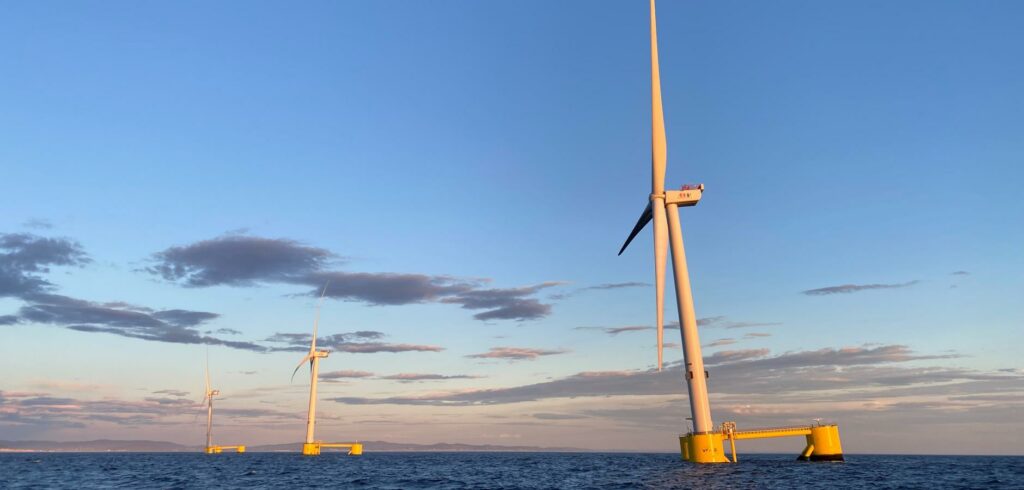
“The project has performed well above expectations,” José Pinheiro, the project director, said.
”It has registered high levels of availability and a production that has exceeded expectations for many months. We wanted to share these positive results of a project that has marked a before and after in the offshore wind energy industry because of the technology used and because it has become the first floating and semi-submersible wind farm in the world.”
Pinheiro also stressed that there are great opportunities for expansion of this technology, both in Portugal and abroad, which EDPR, through Ocean Winds, is already exploring in different markets. The WindFloat Atlantic project features three MHI Vestas 8.4 MW turbines mounted on Principle Power’s semi-submersible floating foundations. The three floating turbines were towed from the Port of Ferrol in Spain to the installation site.
Photo: EDP Renewables
Largest Floating Offshore Wind Farm Stands Complete
Installation of the world’s largest floating offshore wind farm, the Kincardine Offshore Wind, has been completed.
The 50 MW project is located approximately 15 kilometres off the southeast coast of Aberdeenshire, Scotland. The wind farm’s five Vestas 9.525 MW wind turbines and one 2 MW Vestas unit were installed at water depths ranging between 60 metres to 80 metres. The 2 MW turbine has been operating at the site since October 2018.
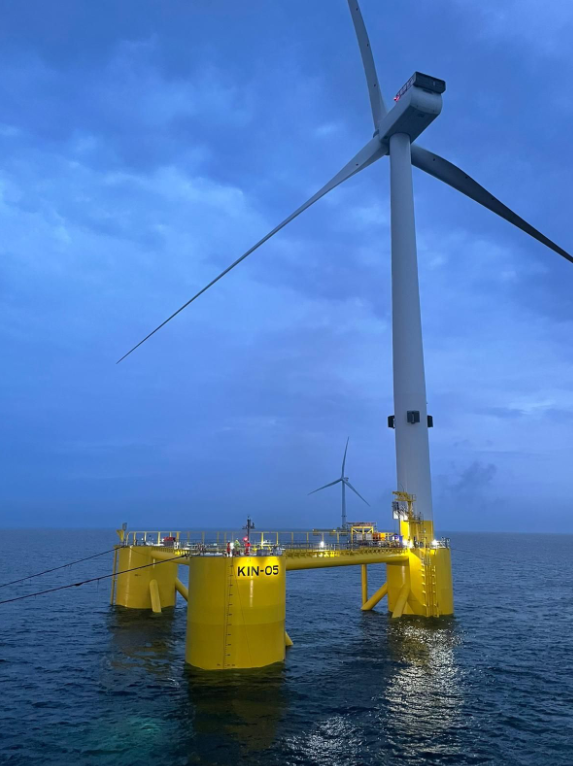
Scottish Floating Wind Project Forms Green Hydrogen Tie-Up
The 200 MW Salamander floating wind project, developed by Simply Blue Energy in partnership with Subsea 7, has signed a memorandum of understanding with ERM for the potential use of the ERM Dolphyn hydrogen technology.
The project is also working closely with Scotland Gas Networks (SGN) to potentially integrate with and connect into future 100 per cent hydrogen infrastructure or as a blend with existing gas infrastructure, which SGN are aiming to develop through their decarbonisation roadmap.
SGN is the owner and operator of the gas distribution networks in Scotland, who are currently carrying out the North East Network and Industrial Cluster Project, which in its first phase, aims to develop and deploy a hydrogen economy in Aberdeen and the surrounding area.
Prior to the Salamander project, ERM Dolphyn aims to undertake a 10 MW demonstration project, which would produce green hydrogen offshore and provide the first step needed to scale up at Salamander.
The Salamander project and ERM Dolphyn will engage in further engineering work in the coming months to assess the potential deployment of the ERM Dolphyn technology within the Salamander project.
”When we started the Salamander project, we always envisioned a stepping-stone project and a catalyser for future, bigger commercial opportunities,” Adrian de Andres, Salamander Project Director, said.
”Considering the rapidly approaching 2030 deadline for the floating wind and green hydrogen targets, we now think the Salamander project could act not only as a stepping-stone for floating wind but also potentially for green hydrogen production, paving the way for multi-GW green hydrogen developments in the 2030s. The Salamander project is targeting a lease under the upcoming Innovation & Decarbonisation leasing process and looks forward to putting forward our ambitious green hydrogen plans to Crown Estate Scotland and Marine Scotland. We believe our vision very much fits with the objectives set by the Scottish Government in the Hydrogen Policy Statement as well as the decarbonisation of the North Sea.”
The ERM Dolphyn technology combines electrolysis, desalination, and hydrogen production on a floating wind platform, with the hydrogen transported to shore via pipeline. It is an economic and scalable solution, which produces green hydrogen with no carbon emissions at the point of use, Simply Blue Energy said.
”Our ambition for ERM Dolphyn is to progress towards multi-GW, green hydrogen-producing floating wind farms over the next decade – in the UK, Europe and further afield,” Steve Matthews, Major Projects Director at ERM, said.
”Salamander potentially provides an ideal first step for us and, with the valuable support of Government and industry, it will help position Scotland and the UK at the forefront of green hydrogen generation.”
The proximity to St Fergus Gas Terminal, the significant interest in the energy transition in the Aberdeenshire and Aberdeen City regions demonstrated by the recently announced Energy Transition Zone, as well as key flagship projects such as Aberdeen Vision make Salamander the ideal location for green hydrogen production, Simply Blue Energy said. The combination of floating wind and green hydrogen technologies, and the pipelines and assets surrounding the St Fergus Gas Terminal present an ideal opportunity to begin to decarbonise North Sea energy production.
”The potential for the world’s first combined floating wind and green hydrogen project to be located off the North East coast of Scotland is a hugely positive development and one that reinforces our region’s credentials in becoming a globally recognised energy cluster,” Sir Ian Wood, Chairman of ETZ Ltd, said.
”This is a pioneering project that will help enable the huge potential in green hydrogen production from floating offshore wind turbines and I commend ERM Dolphyn, working with Simple Blue Energy and Subsea 7, for moving this forward at pace. The Energy Transition Zone is being developed to ensure this region has the right facilities to support projects such as Salamander so we can realise the full potential of green hydrogen and other exciting energy transition activities.”
